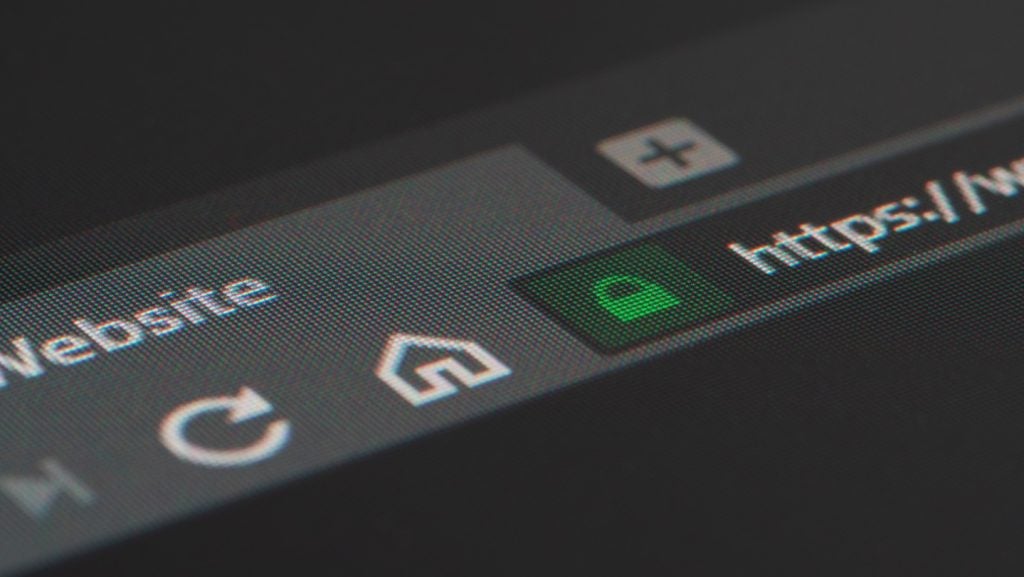
We all know that you can’t trust everything you read on the internet.
Since the US presidential election which brought the concept of fake news to the forefront, whether that was the Pope supporting Trump or that Hillary Clinton has Parkinson’s Disease, social networks and internet giants have been searching for ways to help readers trust what they’re seeing online.
Facebook has gone one step further and launched its very own 10 commandments to help you spot fake news. The new feature will be rolling out across news feeds around the globe but if you can’t wait that long, here they are.

Facebook’s 10 commandments on how to spot fake news
1. Be sceptical of headlines: False news stories often have catchy headlines in all caps with exclamation points. If shocking claims in the headline sound unbelievable, they probably are.
2. Look closely at the URL: A phony or look-alike URL may be a warning sign of false news. Many false news sites mimic authentic news sources by making small changes to the URL. You can go to the site and compare the URL to established sources.

US Tariffs are shifting - will you react or anticipate?
Don’t let policy changes catch you off guard. Stay proactive with real-time data and expert analysis.
By GlobalData3. Investigate the source: Ensure that the story is written by a source that you trust with a reputation for accuracy. If the story comes from an unfamiliar organisation, check their “About” section to learn more.
4. Watch for unusual formatting: Many false news sites have misspellings or awkward layouts. Read carefully if you see these signs.
5. Consider the photos: False news stories often contain manipulated images or videos. Sometimes the photo may be authentic, but taken out of context. You can search for the photo or image to verify where it came from.
6. Inspect the dates: False news stories may contain timelines that make no sense, or event dates that have been altered.
7. Check the evidence: Check the author’s sources to confirm that they are accurate. Lack of evidence or reliance on unnamed experts may indicate a false news story.
8. Look at other reports: If no other news source is reporting the same story, it may indicate that the story is false. If the story is reported by multiple sources you trust, it’s more likely to be true.
9. Is the story a joke?: Sometimes false news stories can be hard to distinguish from humour or satire. Check whether the source is known for parody, and whether the story’s details and tone suggest it might just be for fun.
10. Some stories are intentionally false: Think critically about the stories you read, and only share news you know to be credible.
That last point, about encouraging Facebook users to only share credible stories is something Facebook is also trying to handle in another project: The News Integrity Initiative.
The Zuckerberg-run company has joined up with companies including Mozilla and universities like the City University of New York’s Journalism School (CUNY) to run the new initiative which wants to advance news literacy and increase trust in journalism around the world.
Facebook’s head of news partnerships Campbell Brown, said:
“Improving news literacy is a global concern, and this diverse group assembled by CUNY brings together experts from around the world to work toward building more informed communities.”
As well, Google has started investing in ways to handle fake news. It is taking on the help of PolitiFact and Snopes which will tell Googlers whether or not a claim they have searched is false. For instance, if someone searches “27 million people enslaved”, it will come up with a fact check box by PolitiFact saying “mostly true”.

The point of the fact checking is to help people make more informed judgements. Writing in a blog post, Google said:
“As we make fact checks more visible in Search results, we believe people will have an easier time reviewing and assessing these fact checks, and making their own informed opinions.”







